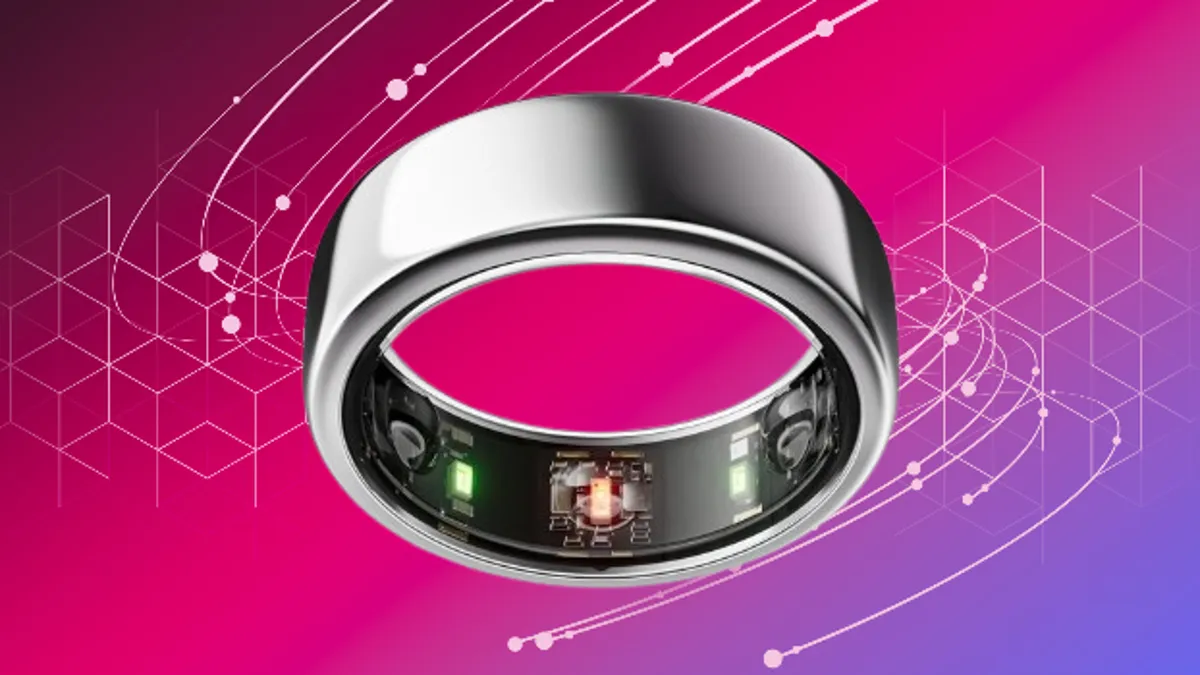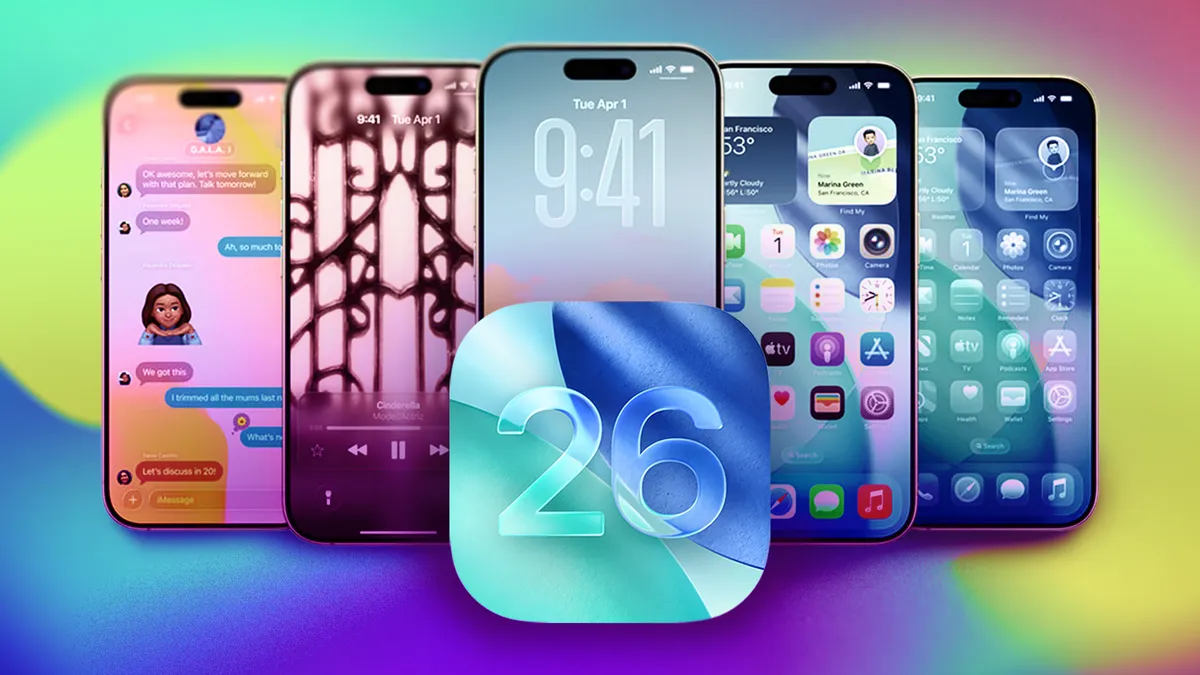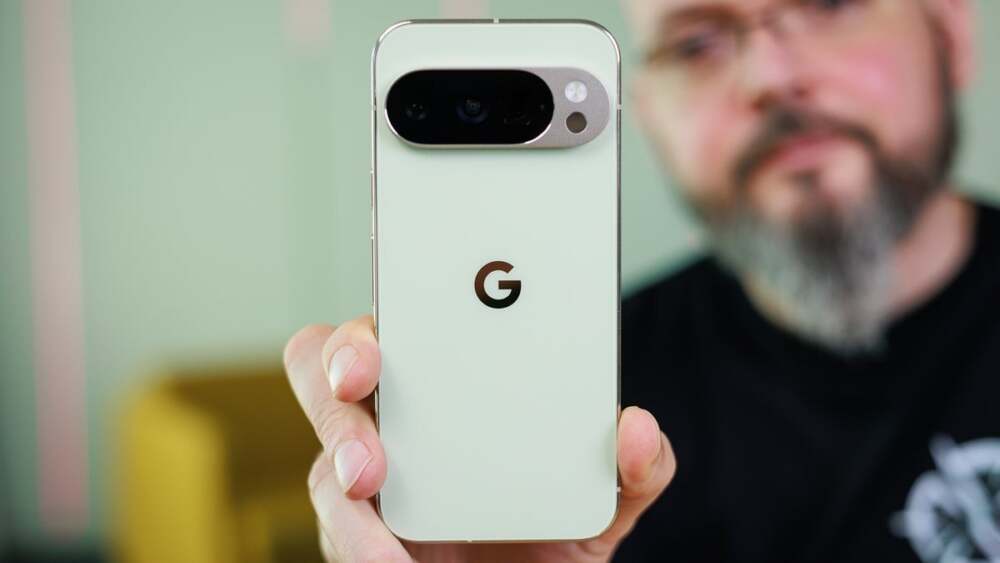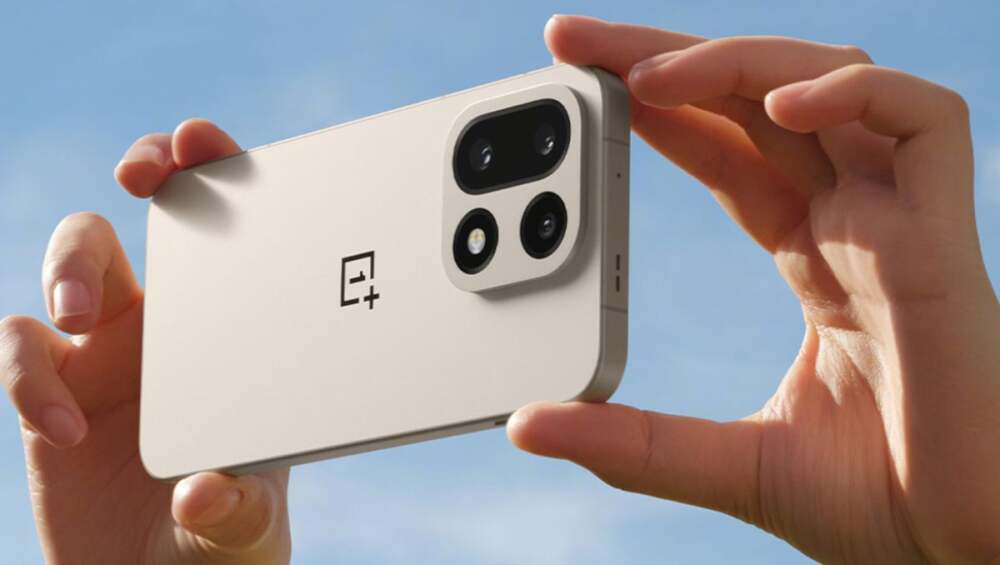Tech & Wellness Desk – October 2025 – The smart ring market has been quietly growing, carving out a space in the world of wearables traditionally dominated by smartwatches and fitness bands. Now, Oura, one of the leaders in the smart ring industry, is doubling down with its boldest updates yet: a new Ceramic Collection of rings and a long-awaited charging case designed to keep the health tracker powered up on the go. Together, these innovations not only give users more choices but also redefine how wearables are blending health technology with style.
A Jewel-Like Upgrade: Why Ceramic Matters
Most fitness devices emphasize performance over fashion, often sacrificing aesthetics for function. Oura is attempting to break that mold with its new zirconia ceramic rings. Unlike the company’s existing titanium builds, ceramic brings jewelry-grade quality, promising both beauty and durability.
Here’s why the switch matters:
- Color permanence: Ceramic isn’t painted or coated; the colors are baked into the material itself. That means the hues don’t fade, scratch, or chip easily.
- Scratch resistance: Ceramic is harder than titanium, making it less prone to daily wear-and-tear.
- Luxury feel: With four new colors—Midnight (deep black), Petal (soft pink), Tide (ocean blue), and Cloud (off-white)—the rings are meant to look more like fine accessories than gadgets.
The only trade-off? Ceramic is slightly thicker and heavier than titanium, and it can be brittle under high impact. Still, Oura says it’s confident the new rings can handle daily life while giving users a fashionable alternative.
Power On the Go: The Charging Case
If the ceramic collection is about style, the new charging case is about practicality. For years, Oura users have asked for a way to power their rings while traveling. Until now, the only option was a fixed base charger — not ideal for trips or long commutes.
The charging case solves this with:
- Five full charges before the case itself needs recharging.
- Quick top-ups, with just 20 minutes of charging giving hours of use.
- USB-C compatibility, making it easy to plug in alongside other devices.
- Durable aluminum exterior and silicone interior, designed for portability and protection.
- Splash resistance, meaning it can handle everyday environments.
The one drawback is that each case is size-specific — meaning you’ll need a case matched to your exact ring size. Sharing cases across different users or rings won’t work.
Software and Ecosystem Growth
The hardware upgrades are matched by software enhancements aimed at keeping Oura competitive in an increasingly crowded wellness market. New features include:
- Multi-Ring Support – Users can now pair multiple rings with one account, switching between them for different occasions without losing continuity in health tracking.
- Recycling Program – Oura has launched a take-back initiative, encouraging users to return old rings for responsible processing and reuse of materials.
- Health Panels – U.S. users can now order blood tests through the app, integrate lab results, and receive AI-assisted health insights. This brings Oura beyond activity tracking and into holistic health monitoring.
Why It Matters: More Than a Gadget
With these updates, Oura is signaling that smart rings aren’t just novelties — they are serious health tools designed to compete with, or even complement, smartwatches. Where watches can be bulky or distracting, smart rings offer subtlety. By introducing ceramic finishes, Oura is positioning its ring as jewelry first, tech second.
The charging case also changes the game. Travel has been one of the weak points of smart rings, as users worried about their tiny devices running out of power far from a base charger. Now, frequent travelers and professionals can rely on extended battery life without disruption.
How Oura Fits in the Wearable Landscape
The broader wearable market is heating up. Apple is reportedly exploring smart rings of its own, Samsung has been working on prototypes, and smaller companies like Ultrahuman and RingConn are gaining traction. In this landscape, Oura is reinforcing its position as both a pioneer and a premium option.
The ceramic line directly targets style-conscious users, while the charging case responds to a clear functional gap. Both moves suggest Oura is listening closely to its community while anticipating competition.
The Pros and Cons
Advantages:
- Stylish ceramic options that double as fashion accessories.
- Extended usability with portable charging case.
- More flexible software ecosystem, including multi-ring support.
- Expanded health capabilities beyond sleep and activity.
Challenges:
- Higher pricing may make Oura less accessible than rivals.
- Ceramic rings, while durable, may be prone to cracks if dropped hard.
- Charging cases tied to specific ring sizes may frustrate some users.
- Advanced health features like blood testing panels are U.S.-only for now.
A Step Toward the Future of Wearables
By blending style, utility, and health innovation, Oura is signaling that wearables are moving past the era of clunky, utilitarian devices. The Ceramic Collection appeals to fashion-conscious consumers, while the charging case solves a real usability problem. Together, these upgrades strengthen Oura’s role as a market leader — and push smart rings one step closer to mainstream adoption.
For users, the message is clear: if you want a health tracker that looks like jewelry but acts like a medical-grade companion, Oura’s latest lineup may finally strike the balance.
















Leave a Reply